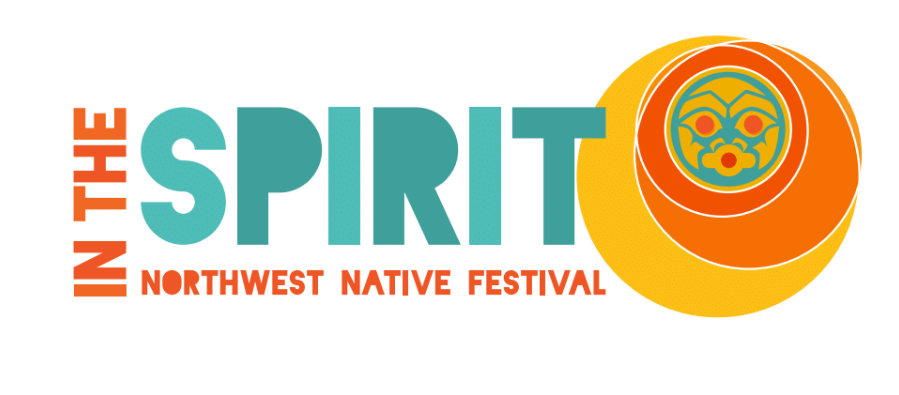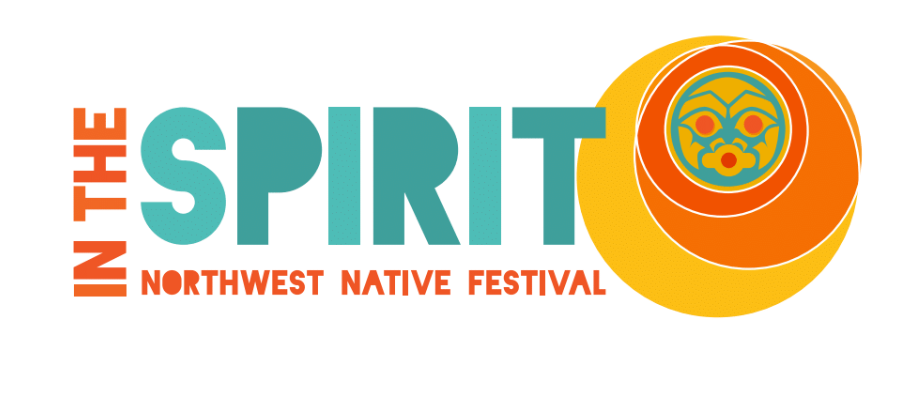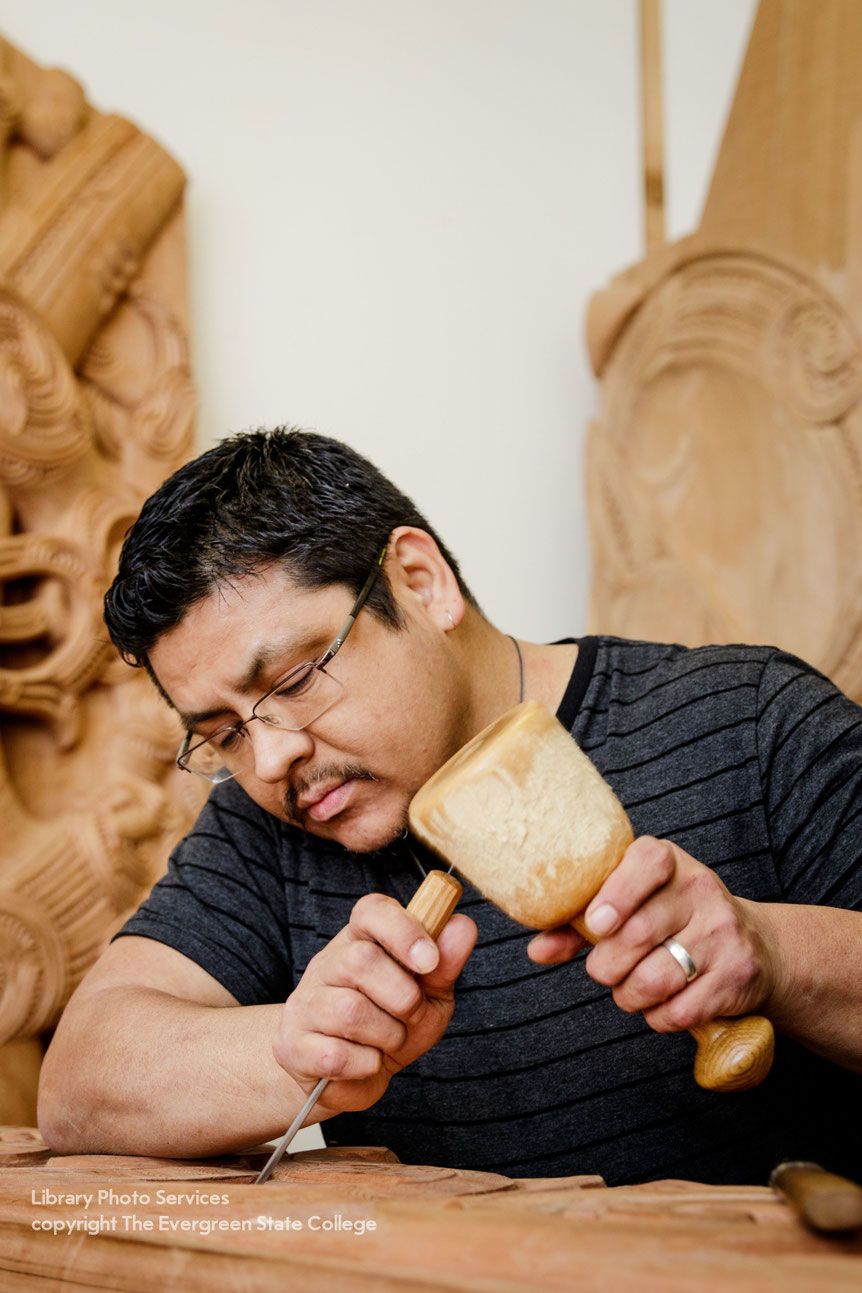
Alexander McCarty; Makah
Alex McCarty is a member of the Makah Nation, a skilled artist, and teacher. He obtained his Bachelor’s in Visual Arts and Social Studies, and his Master’s in Teaching from The Evergreen State College. Alex is currently teaching woodcarving and printmaking in the Native American and Indigenous Studies Programs at Evergreen. His interest in art has catapulted him into the position of a modern-day preservationist: His cultural heritage influences his work and through his teachings, everything he knows about Native American art gets passed down.
Alex works in both contemporary and traditional mediums. He is always torn between traditional carving and innovative printmaking. “Printmaking is a multi-step process and I see every printing session as an exploration,” he explains. “It is always a surprise when I press the ink to the paper.” Though making prints is not a traditional form, Alex uses traditional designs as the theme of those pieces.”
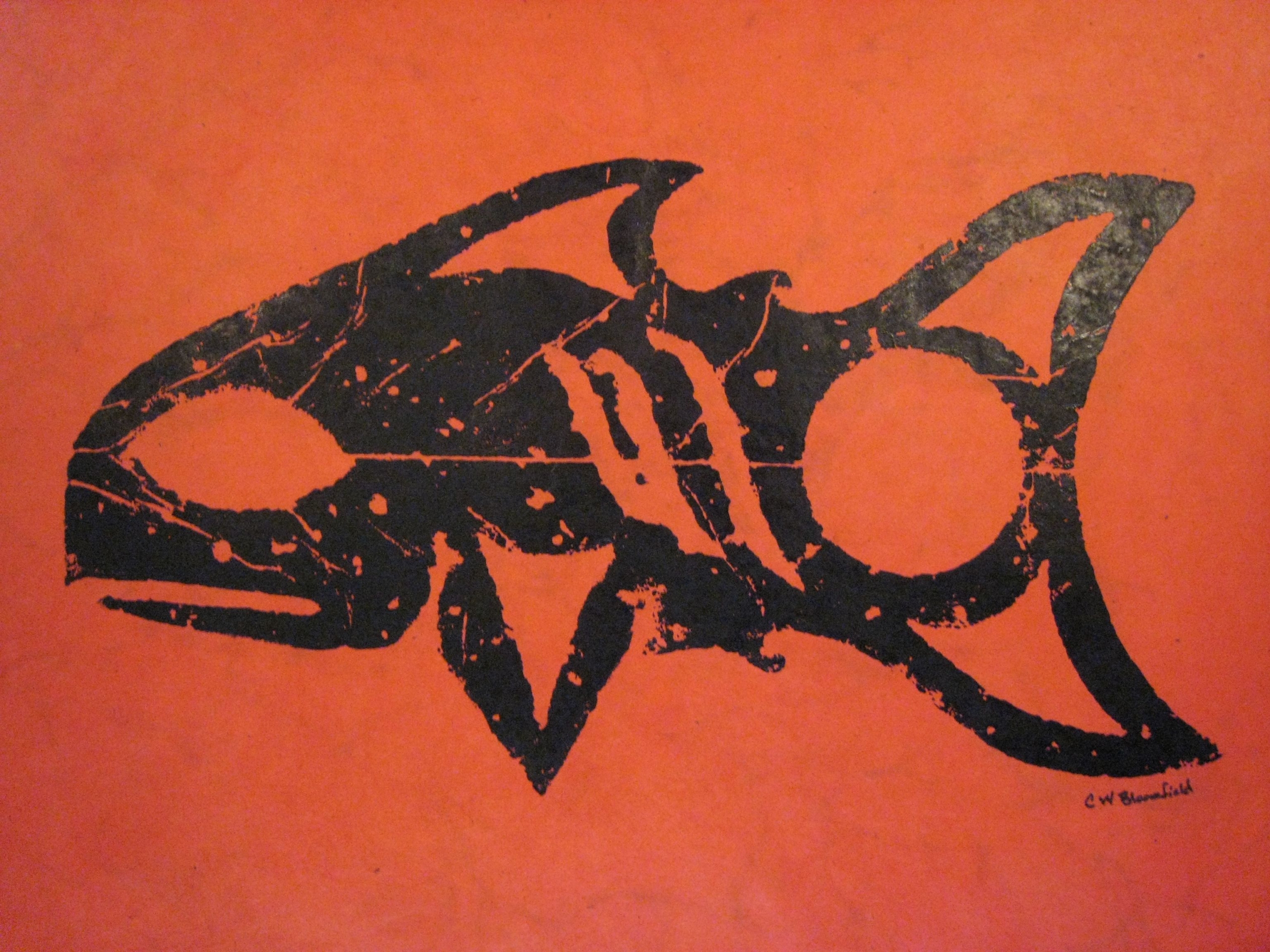
PḰȺELWEȽTEN/Charles W. Bloomfield; Pyramid Lake Paiute/W̱SÁNEĆ/Lummi
PḰȺELWEȽTEN/Charles W. Bloomfield is member of the Pyramid Lake Paiute Tribe and the W̱SÁNEĆ First Nation along with family lines in the Lummi Nation. Charles grew up in Washington State, living in Tacoma and Friday Harbor. Charles holds a Master’s of Public Administration with a focus in Tribal Governance from The Evergreen State College and Master’s of Communication in the Native Voices Documentary Film Program from the University of Washington. PḰȺELWEȽTEN is also an up-and-coming award winning artist whose contemporary painting and sculptures highlight issues in Indian Country and in society at large.
Further information about Charles’s art work can be found on his Facebook page or at charleswbloomfield.com.
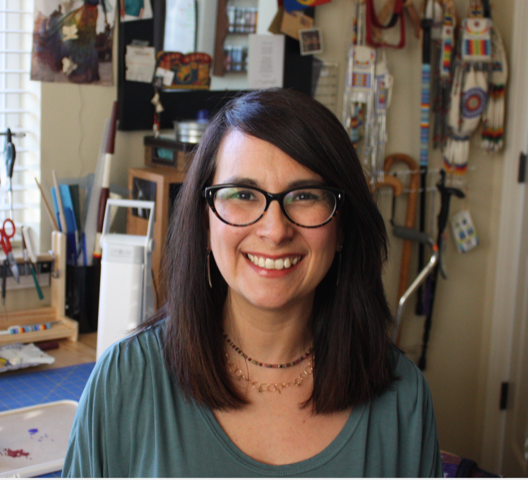
Cynthia Masterson; Comanche
“The use of three-drop bead weaving to adorn objects with Czech seed beads emerged on what is now the Southern Plains of Oklahoma and identifies us as Comanche-Numunu, the people. Beads are painstakingly added one at a time to encircle items such as fan handles, ceremonial shakers, and walking canes.
My mind’s eye sees the world in beads. If it’s round, I want to bead it. If it’s empty, I want to fill it with beads. I get lost gazing at all the colors to select just the perfect ones. I want them in and on everything to share ideas and stories.”
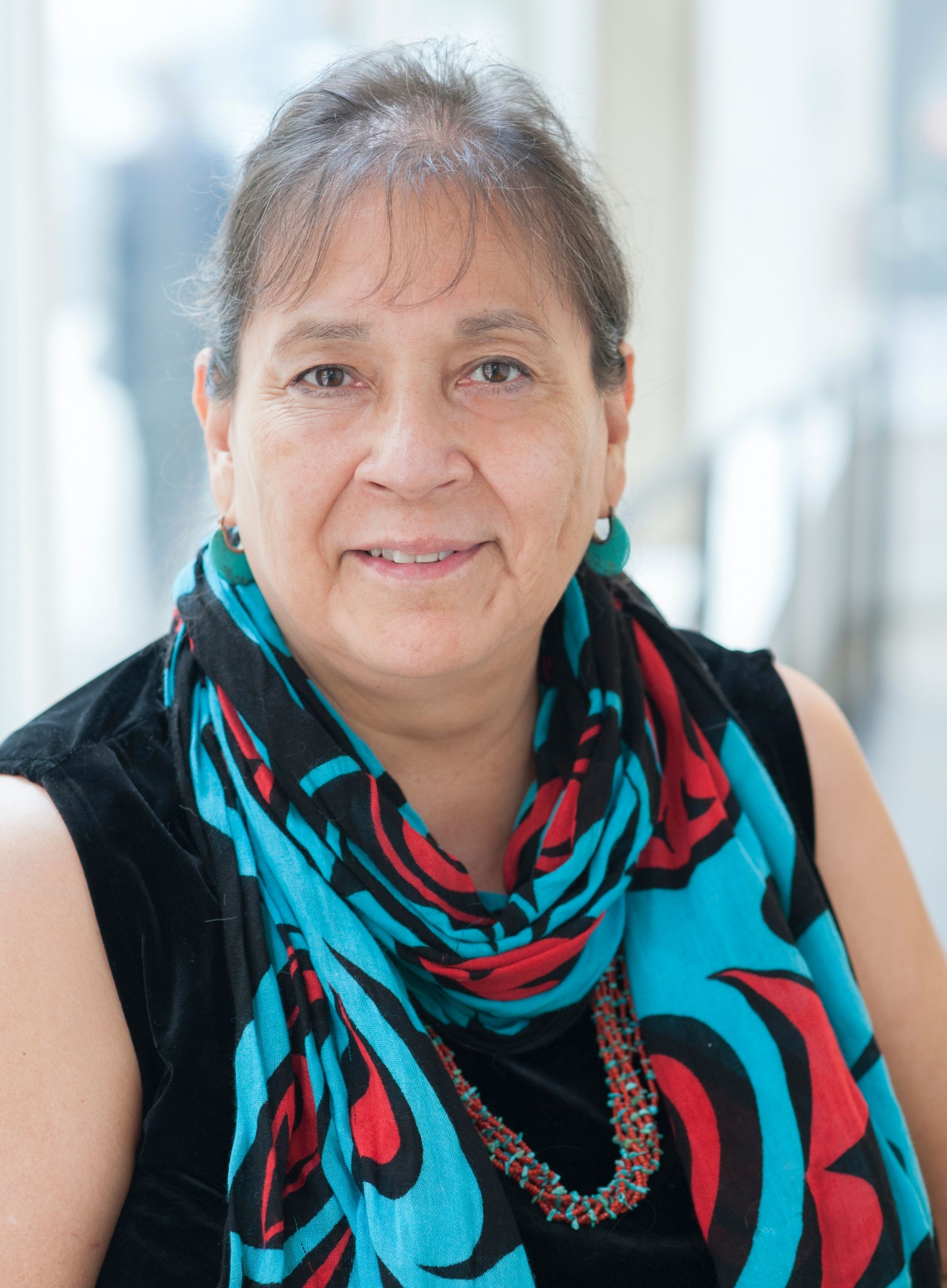
Denise L. Emerson; Navajo and Enrolled Skokomish
“I love historical photos of Native people, especially women/mothers and babies. I use them to create contemporary compositions for bead art and digital art. I add color combinations to them using my mind’s eye of what the colors would have been during that time period. When I create, it calms me for hours; it’s my medicine that calms me into another world where creativity and culture are there for me to use in creating art.”
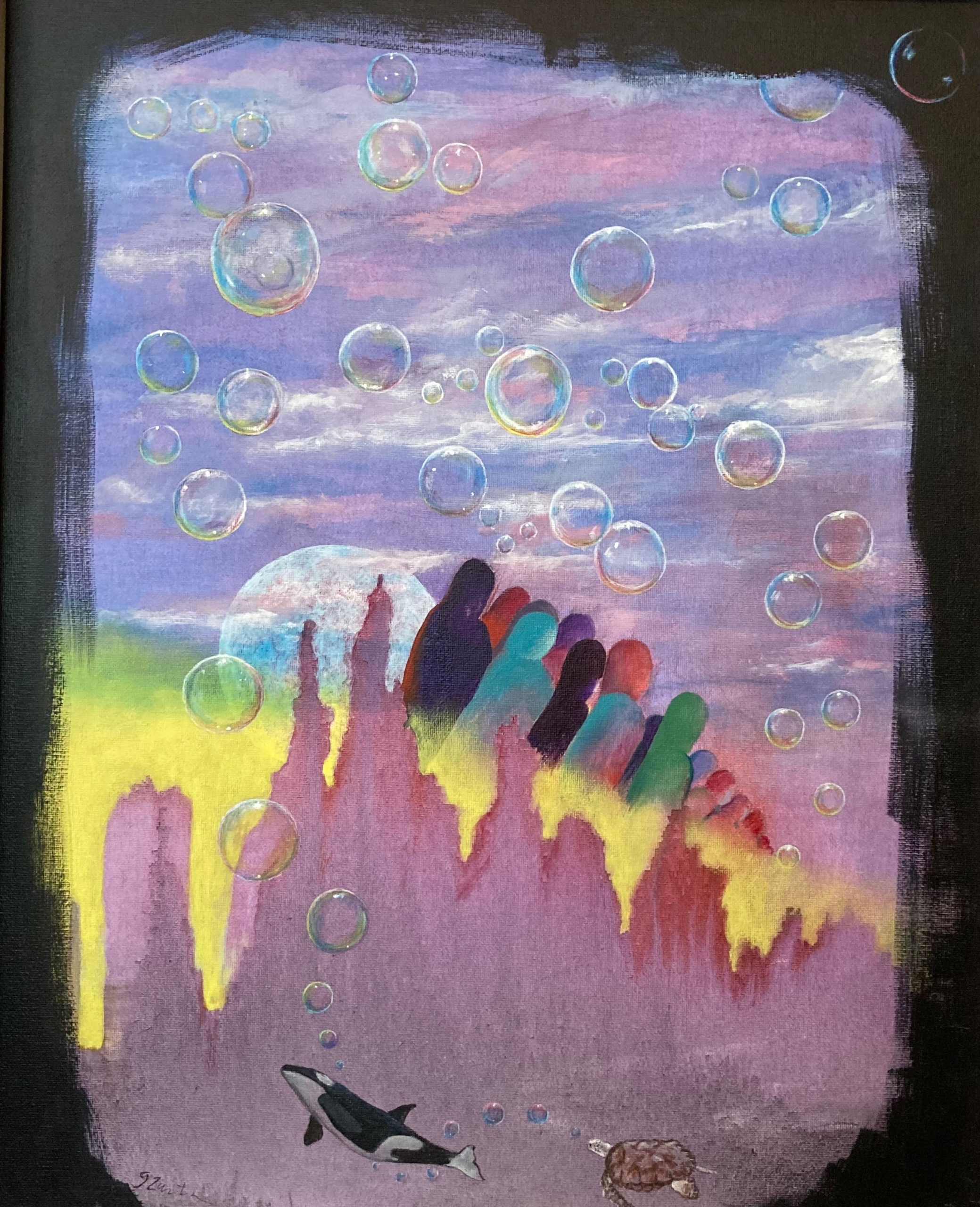
George Zantua; Haida/Tsimshian
“As part of my spiritual tradition, there is a way of seeing animals as symbols representing ideas relating to their most obvious characteristics. For example, the Eagle is seen to have the greatest vision of all other creatures. Eagle can also reach the highest heights in flight, and so is seen to represent the idea leading to our highest spiritual vision. Other creatures such as hummingbirds, whales, sea turtles, etc. are symbolic of other ideas. Exploring ideas through what each animal and other symbols such as bubbles, drums, feathers, etc. represent can be seen as a footprint on the path to spiritual understanding. My paintings are designed for the purpose of meditating on these ideas.”
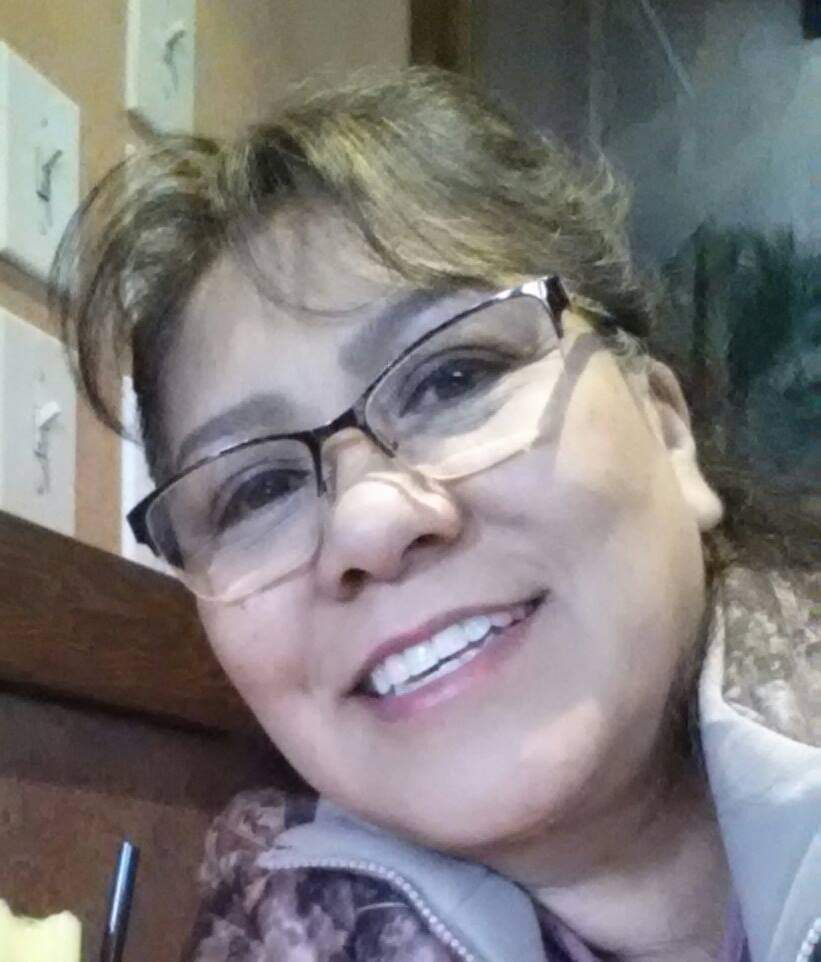
Jeanette Huber/April Romero; Jicarilla Apache/Taos Pueblo
“I’m Jicarilla Apache, named after the small drinking baskets they wove. We’re basket weavers, potters, and leaders. I’m a 3rd generation beader/weaver and my daughters are the 4th generation.”
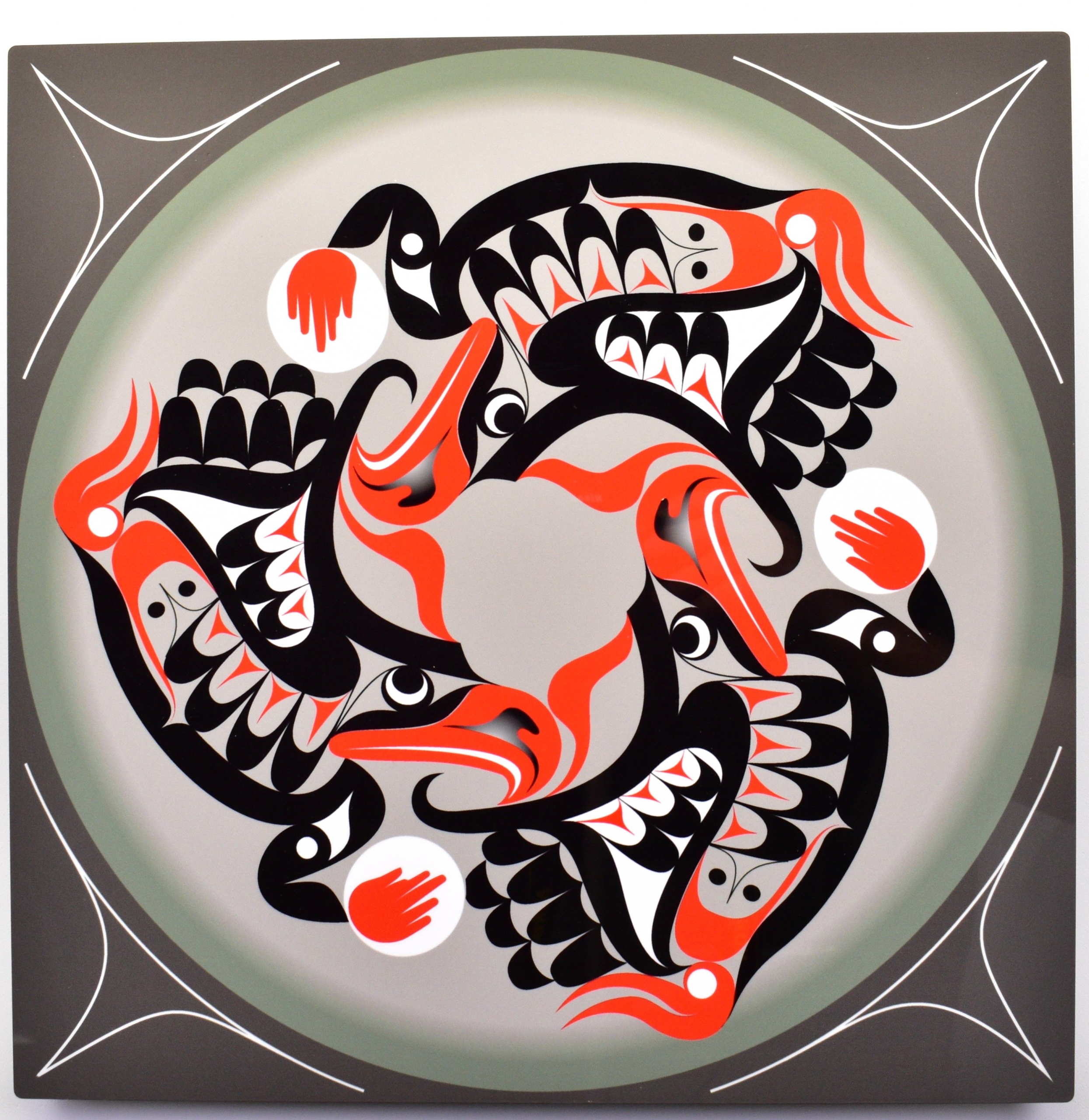
John Goodwin; Makah
“I am first a member of the Makah Tribe; second, I am a member of the John Hottowe family; third, I am an artist. My art resonates from the culture of the tribe and my family’s connections to its origins. Remember, we all come from somewhere else. I am also carrying a song for my family.”
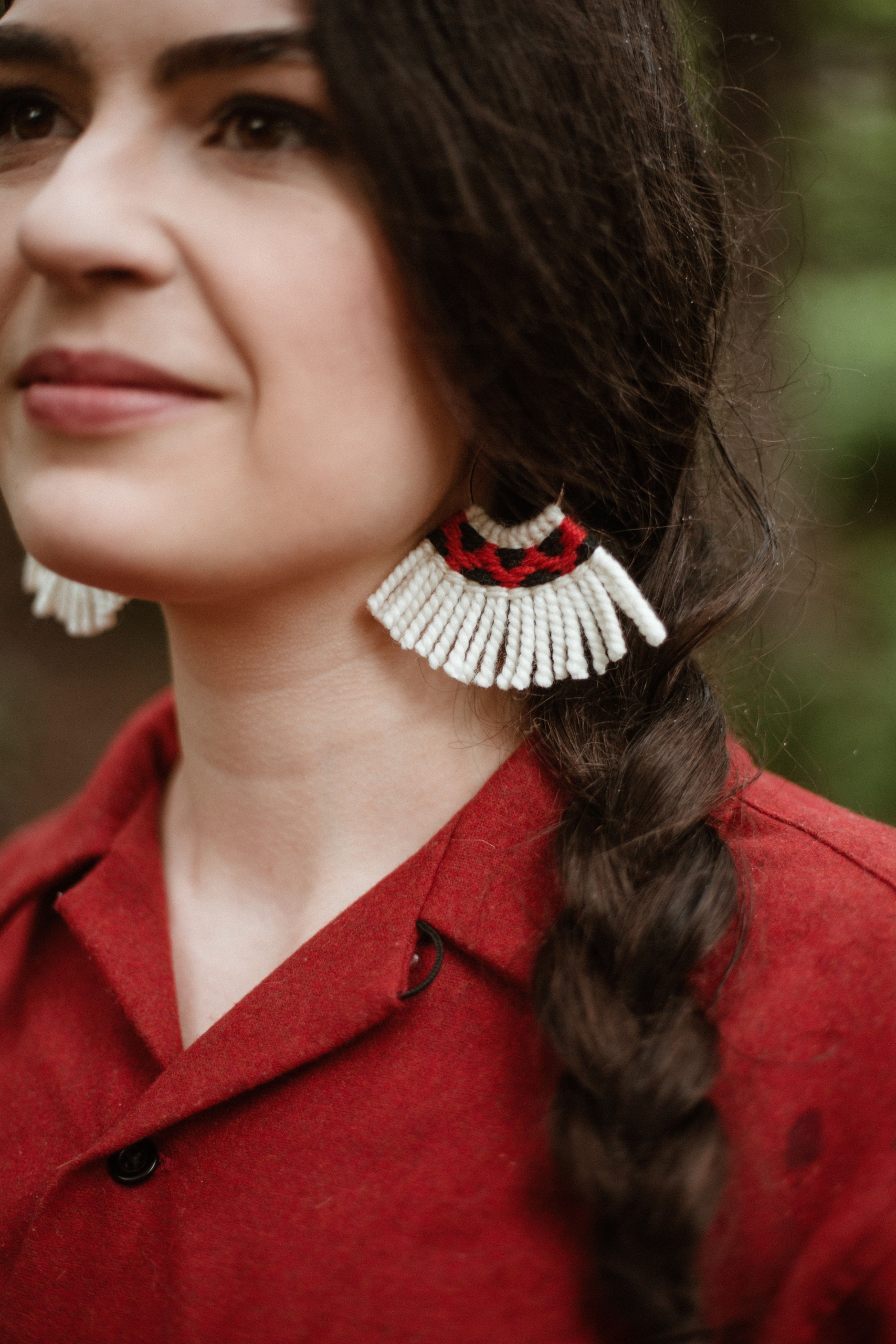
Lily Hope; Tlingit
“My work is grounded in 300+ year old traditions of Chilkat and Ravenstail Weaving. We use wool fibers on an upright gravity-hung frame to create ceremonial regalia and collectible artworks. We record history, clan migrations, pandemics, political climate, and family changes in our woven works.”
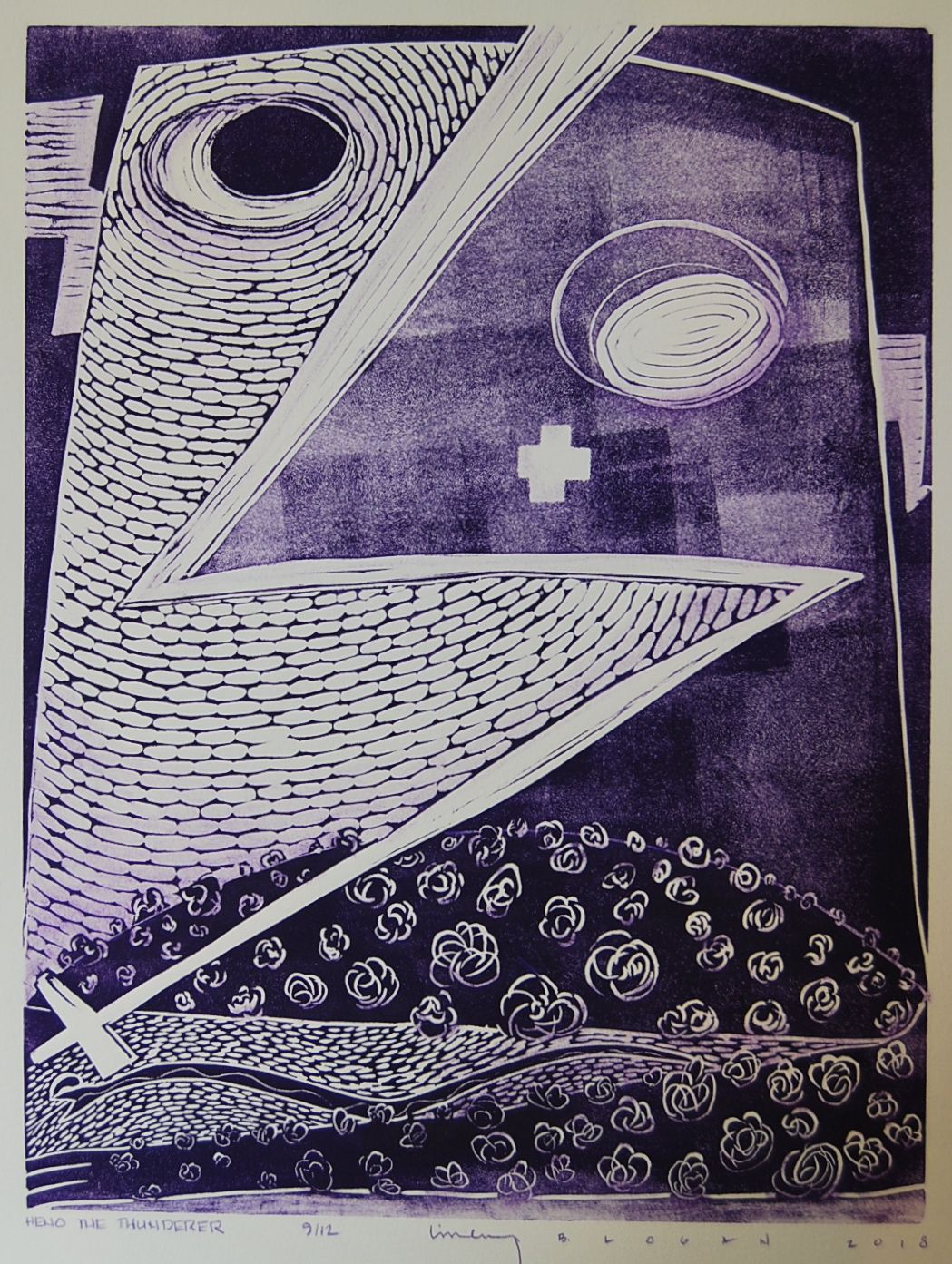
Linley B. Logan; Onondowaga aka Seneca Nation
“My linoleum relief prints are culturally representative of Onondowaga aka Seneca Nation oral traditions and our Indigenous cultural worldview perspectives from pre-contact and the impacts of contact. Our/my visual artistic expressive language is fundamental, intellectual, and a complex visual form of Indigenous expressive language. My art represents the abstract visual interpretation and intellectualization of our cultural concepts. Our cultural and fundamental embrace of abstract imagery in expressing complex perspective predates contact and very early contact as exemplified by our Two Row wampum belt. I live a life of art in the life of art.”
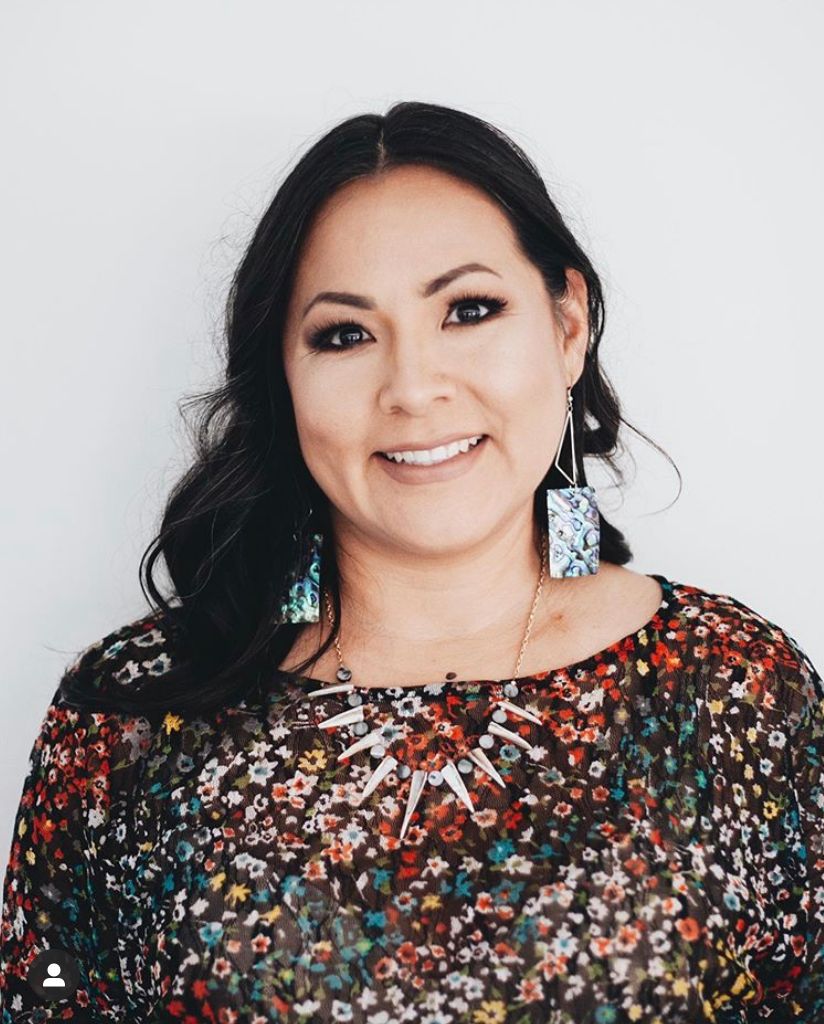
Mary Kelsay; Village of Nikolski
“I am a women’s wear designer who creates and designs contemporary garments influenced by my Unangax Heritage. I am a trained seamstress with a degree in apparel design. I also create Unangax-inspired tees and have a mask design, as well.”
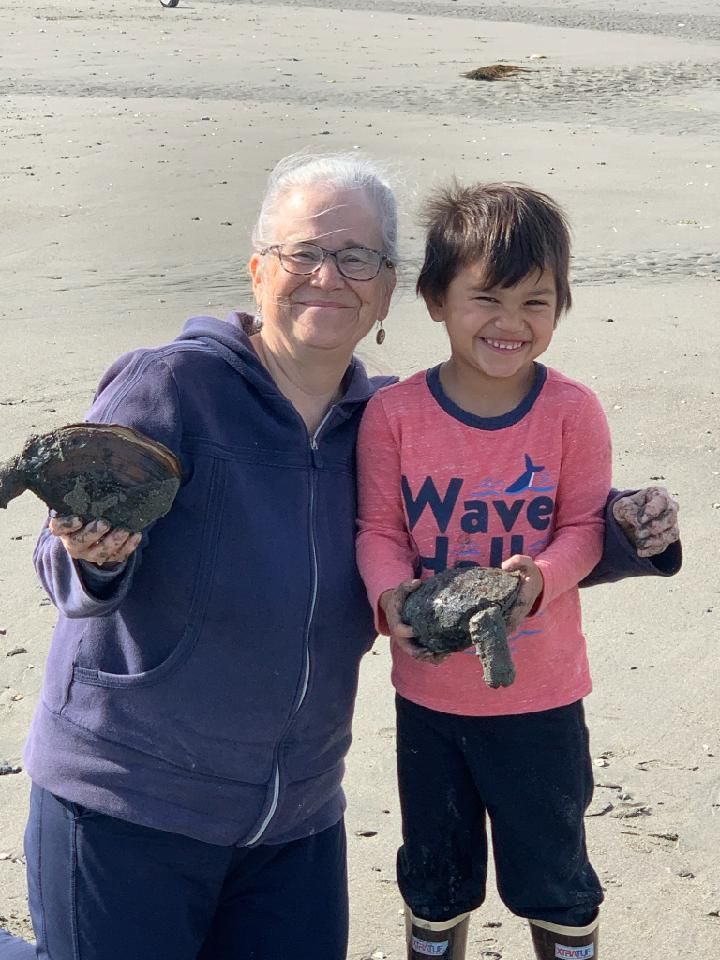
Melissa Peterson; Makah
“I have made art and crafts for 45 years, including contemporary and traditional basketry, traditional jewelry, deerskin drums, and I wrote a children’s book.”
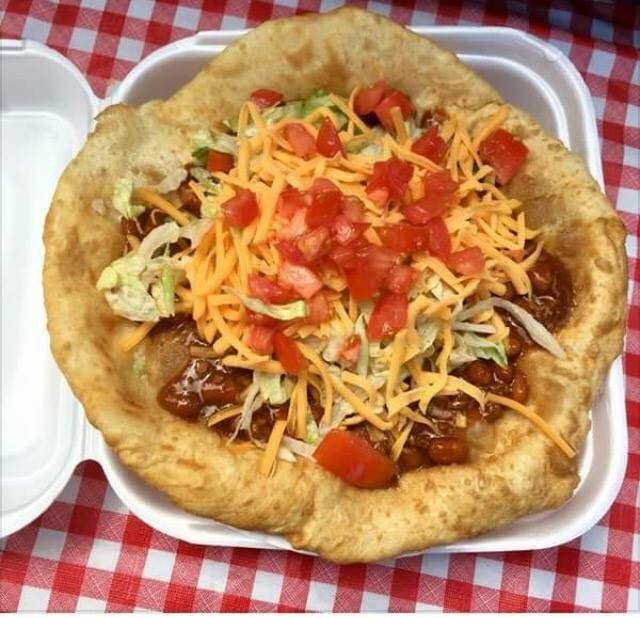
Michelle Price; Navajo & Port S’Kallam
Fresh handmade frybread and frybread tacos cooked and prepared by my family on orders. Frybread is a popular food staple in the Native American culture.
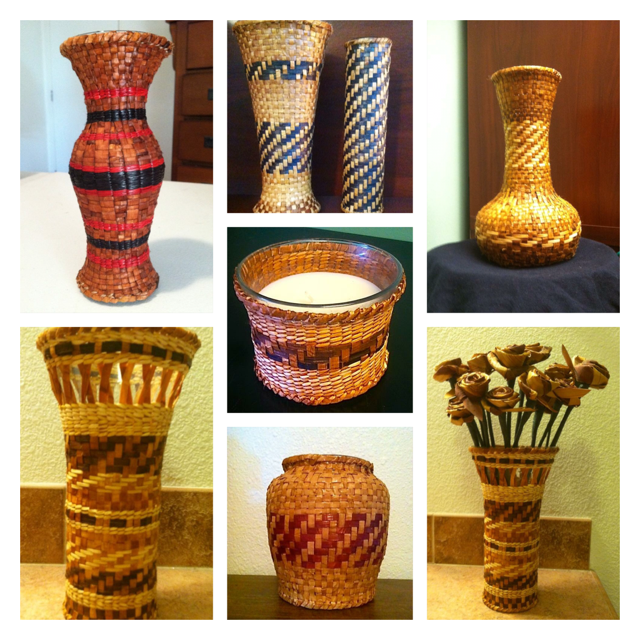
Michelle Price & Trevor Thompson; Navajo
“We use a mixture of both southwest and Pacific Northwest Native American techniques and influences in our handcrafted art, whether they are jewelry pieces, wearables, or other art mediums.”
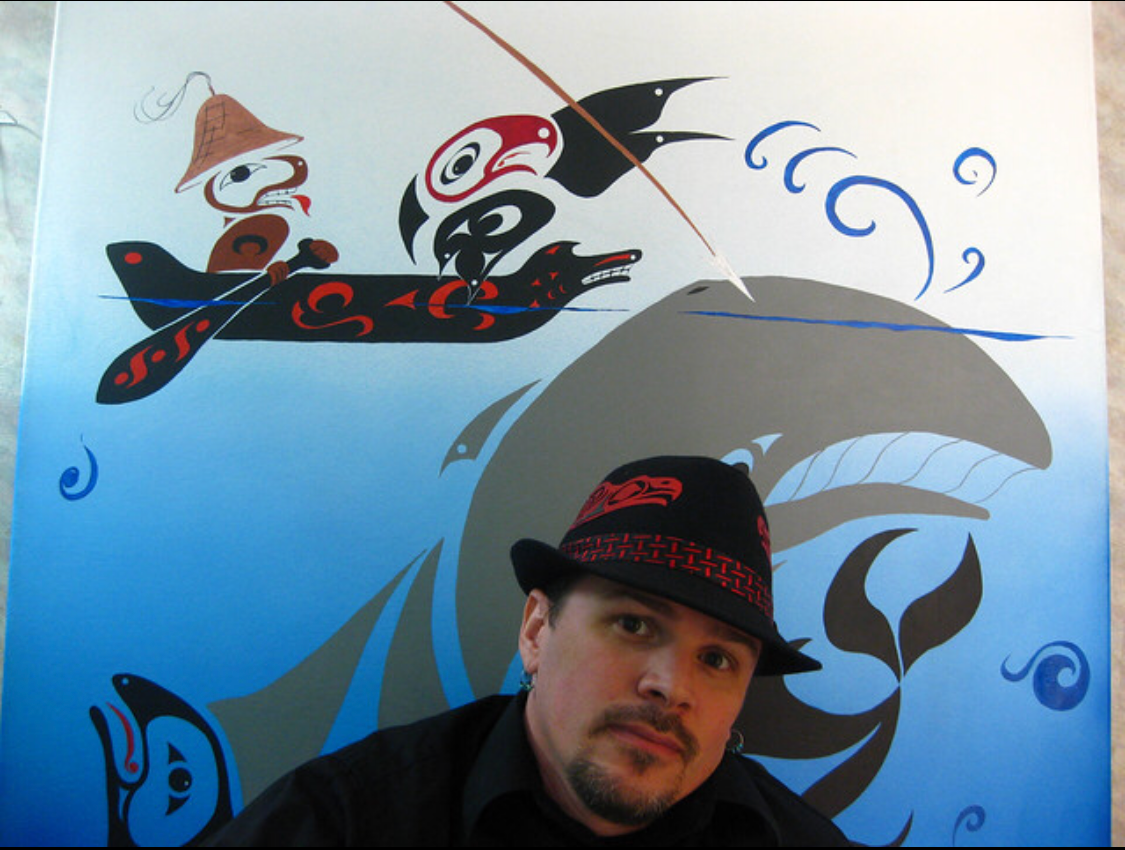
Peter Boome; Upper Skagit
“I am a Coast Salish artist who uses a historic design style to explore the world around me. I work in a wide range of media and am known for my printmaking, painting, and carving. I am influenced by life. I like to express and explore shared human experiences. Things like family, history, and the environment play a central role in my work. I also like to explore historical stories and ideas to see how they look from a visual perspective.”
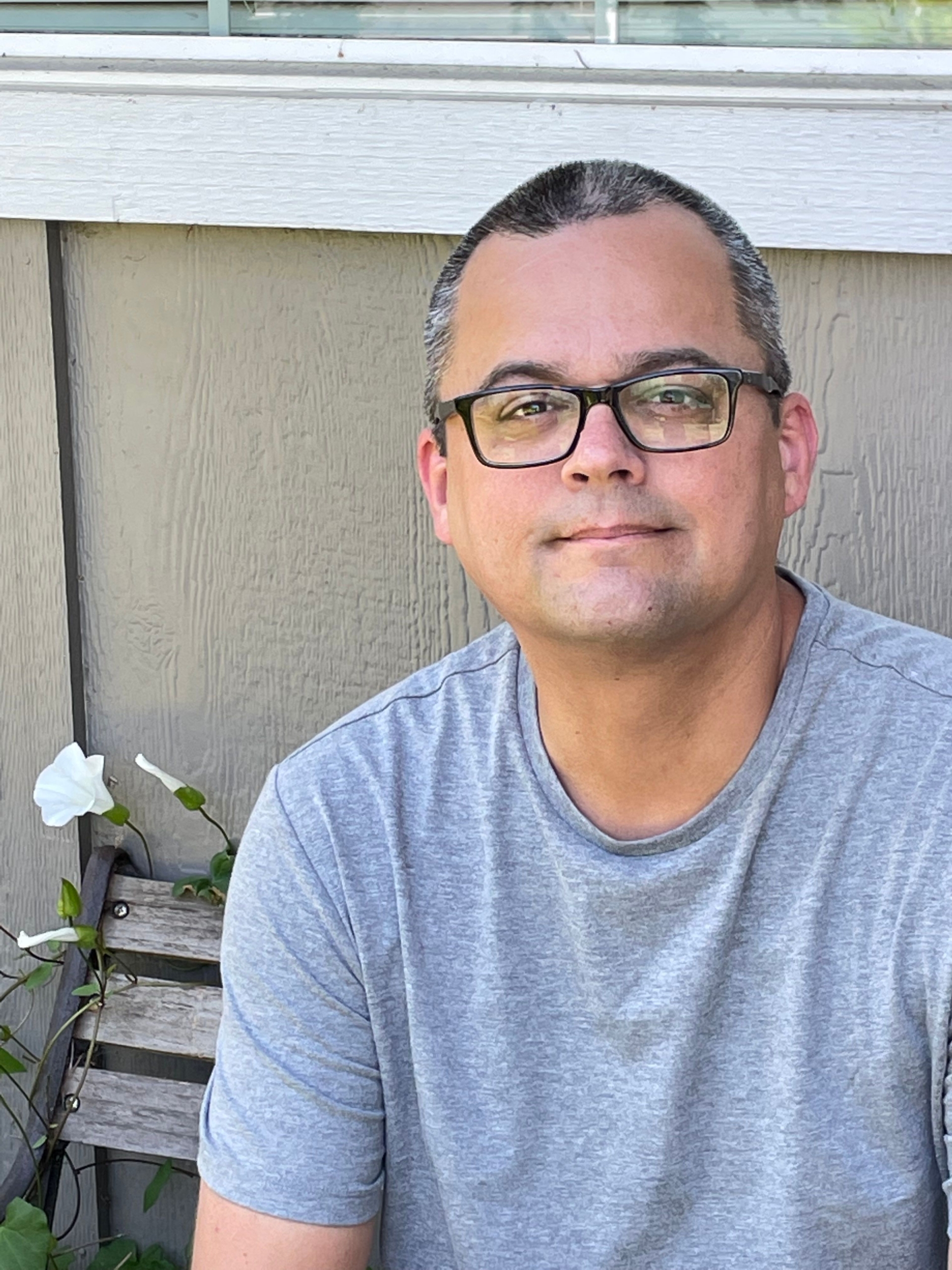
Quentin DeCoteau; Jamestown S’Kallam
“My art is formline and formline-inspired. I am amazed by the fluid beauty of this form of Native art and how it is unlike anything in the world. When working on my art, I focus on entering a positive, zen-like frame of mind and let my imagination and pencil take over. I’d likely draw all day if I could!”
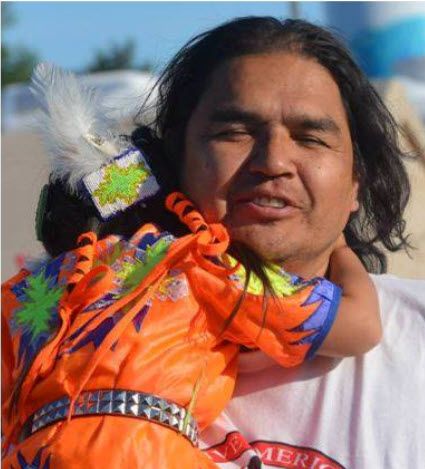
Robert “Running Fisher” Upham; Lake Traverse Sioux
Robert “Running Fisher” Upham’s ledger pieces are as much about history and education as they are about art. To fully appreciate his work, is to understand the stories and cultural context behind each piece. “I am influenced by stories and people who believe in the Creator and the fact that the book “The Color Purple” is written by an individual who didn’t know how to write with proper grammar. Being untrained, I am inspired to tell my story without considering myself a trained artist.”
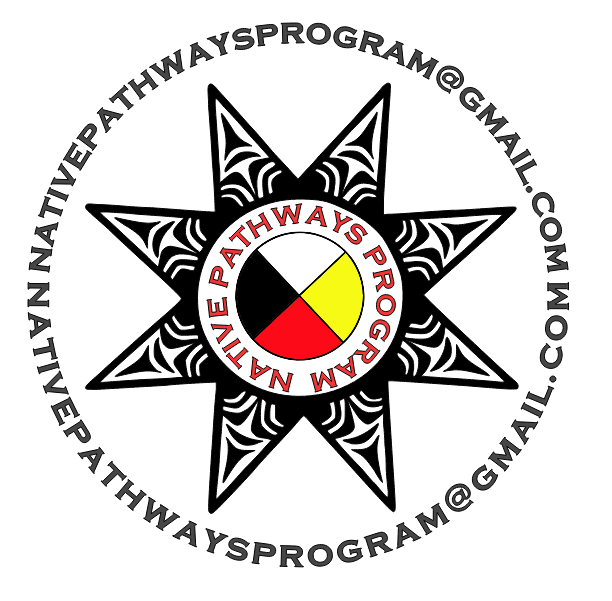
The Native Pathways Program @ Evergreen State College; various Tribal Affiliations
The Native Pathways Program (NPP) at Evergreen State College is a one-of-a-kind higher education program taught through an Indigenous lens, using both western and Indigenous pedagogy and content. NPP is a “family” of learners and operates under the “be good relatives” Indigenous Way of Being. Students can earn their BA degree in the Humanities—with concentrations in Native & Indigenous Studies, that prepares them for working in their Tribal communities, governmental work, and graduate studies.
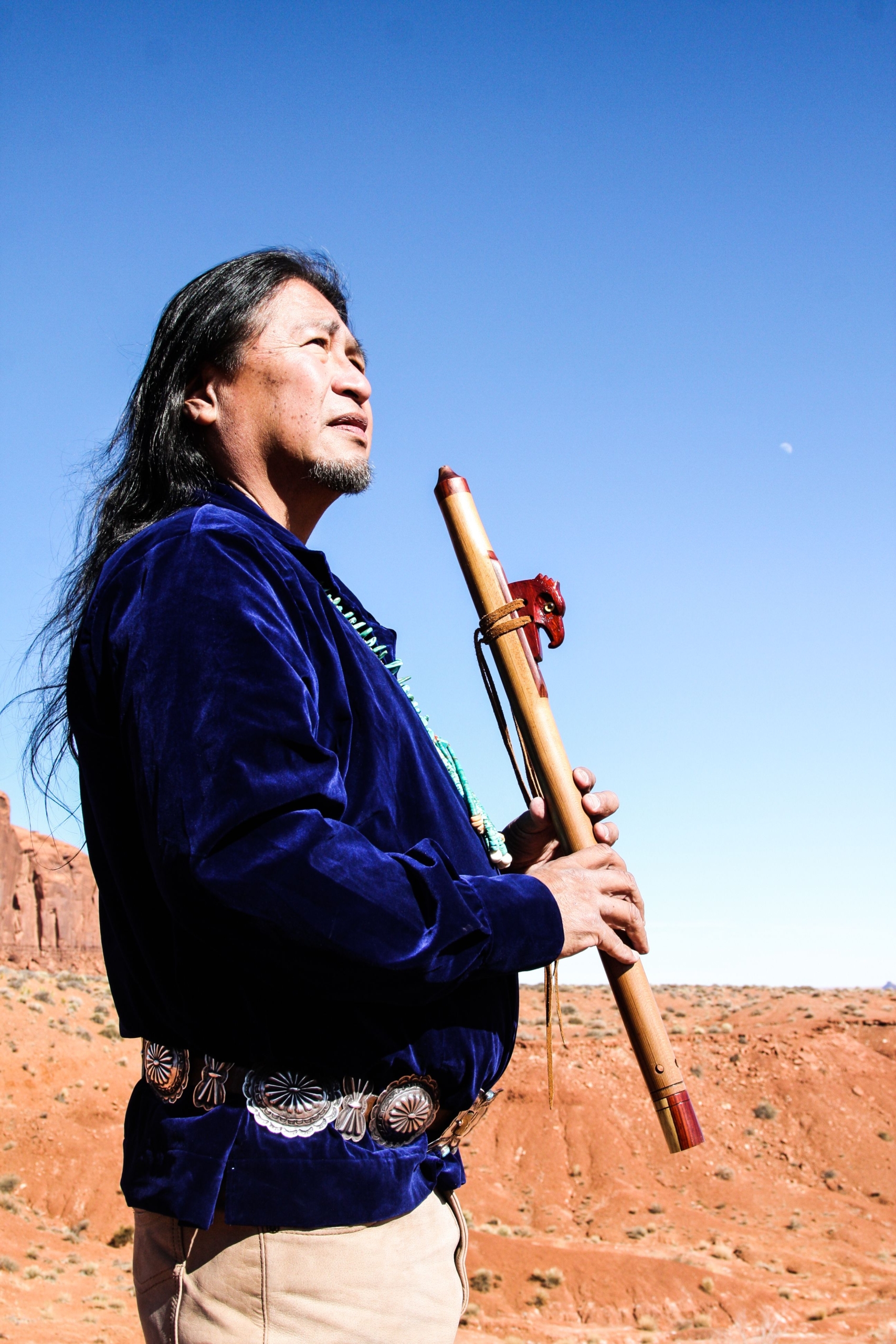
Vince Redhouse; Navajo
“Playing the traditional Native American flute as a contemporary woodwind instrument enables me to cross between traditional music and the music of today.”
2021 marks the 16th annual IN THE SPIRIT celebration, honoring traditional and contemporary Native and Indigenous arts and cultures. IN THE SPIRIT is a collaboration between the Washington State Historical Society, Tacoma Art Museum, and Museum of Glass. IN THE SPIRIT is an opportunity for our communities to learn about, meet, and support the many exceptional Native artists working in the Pacific Northwest. Learn more about the festival, explore the Virtual Arts Market, and find other online events on the In the Spirit website.
